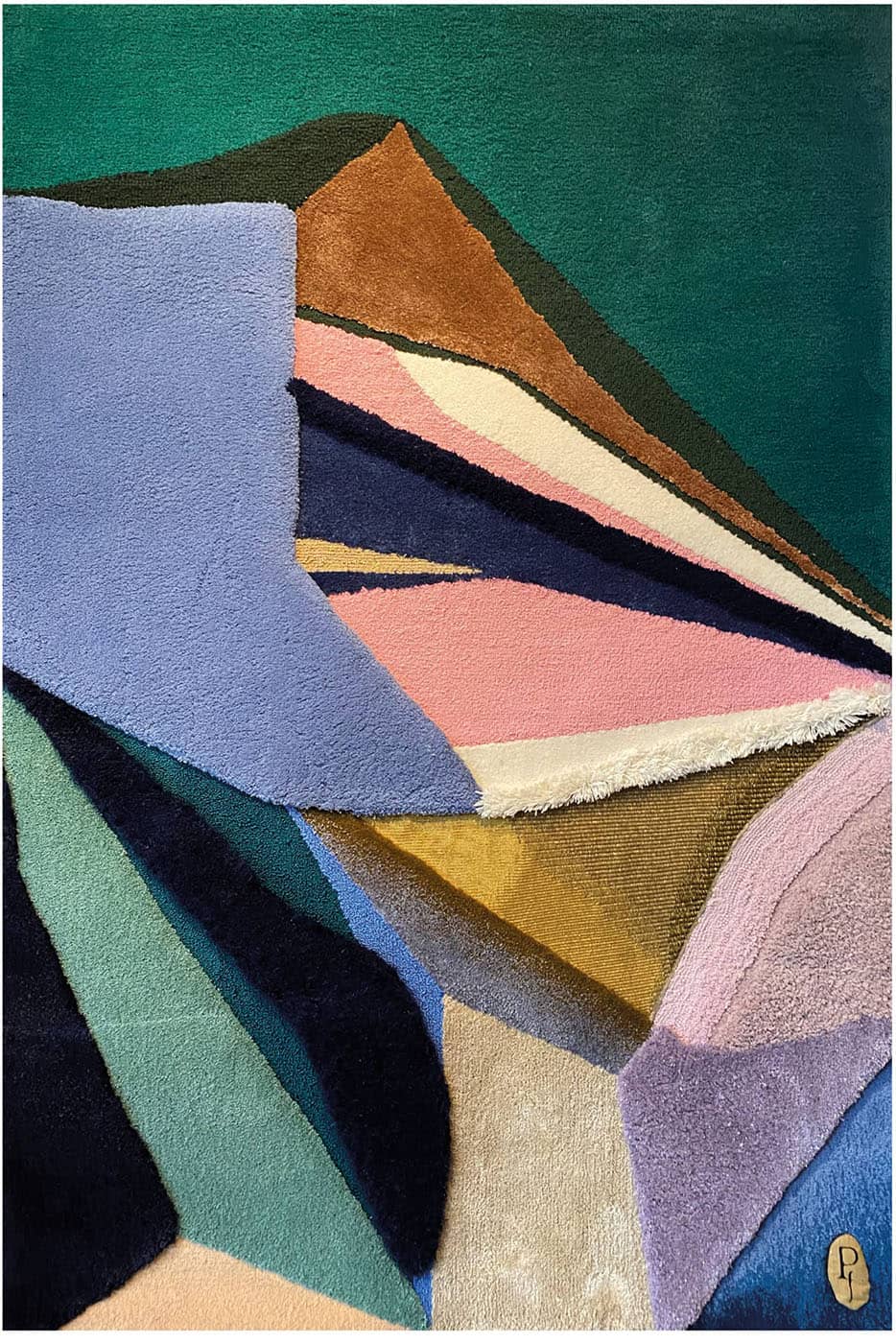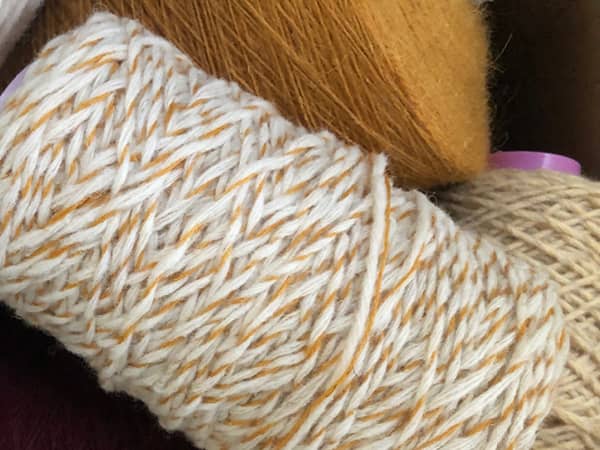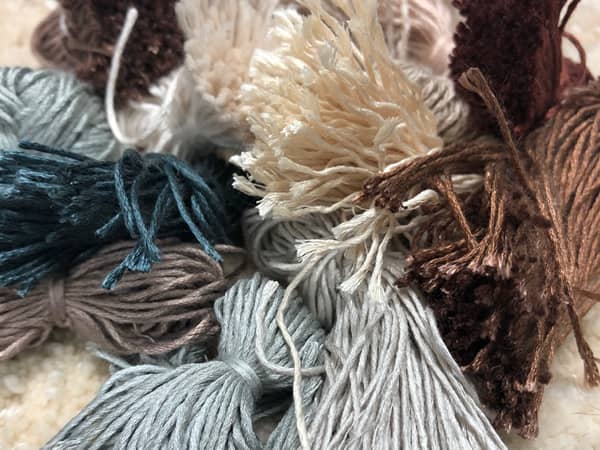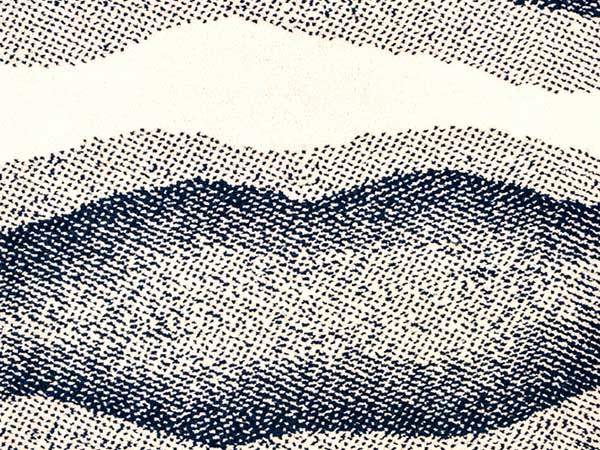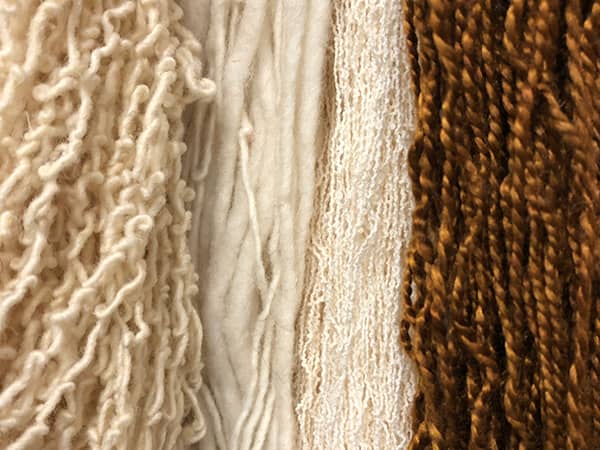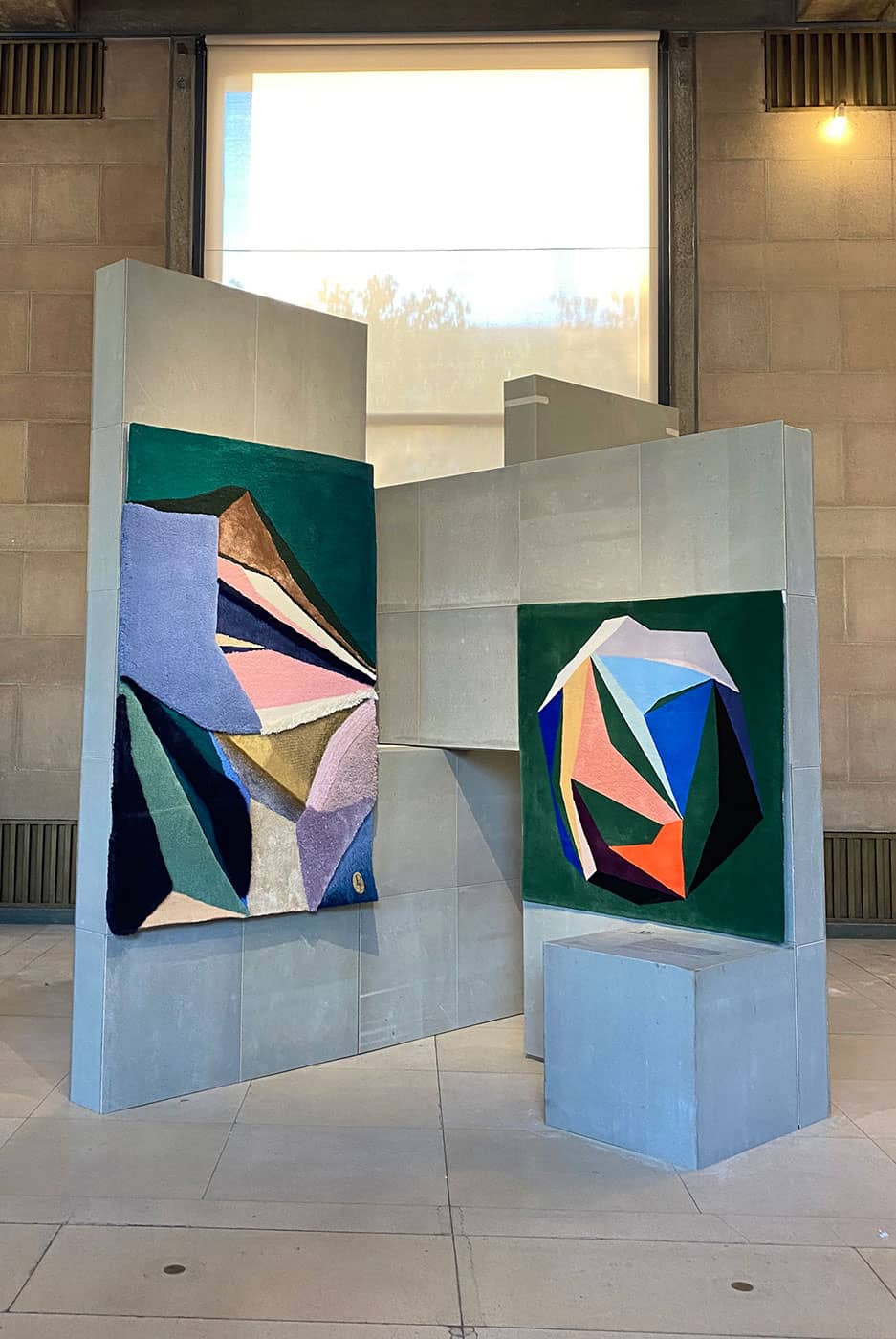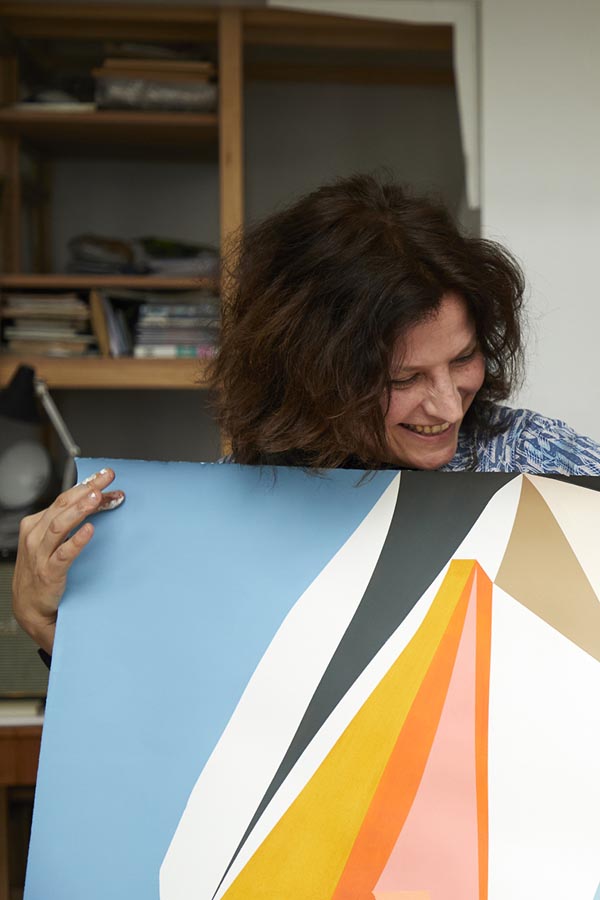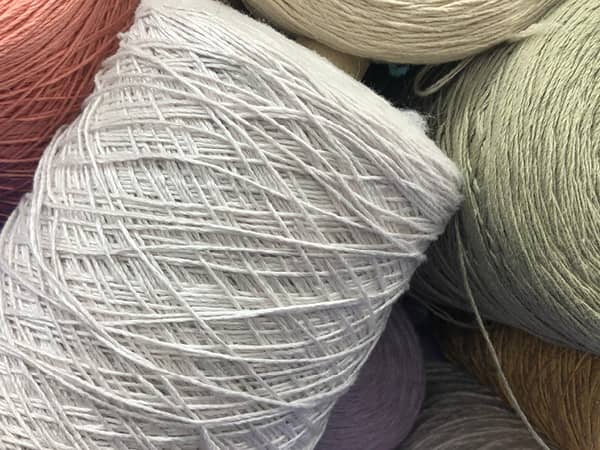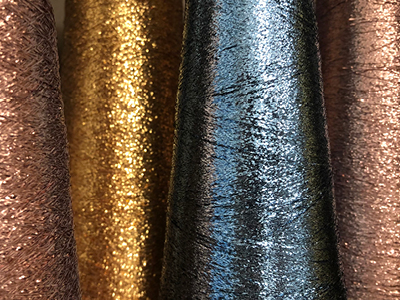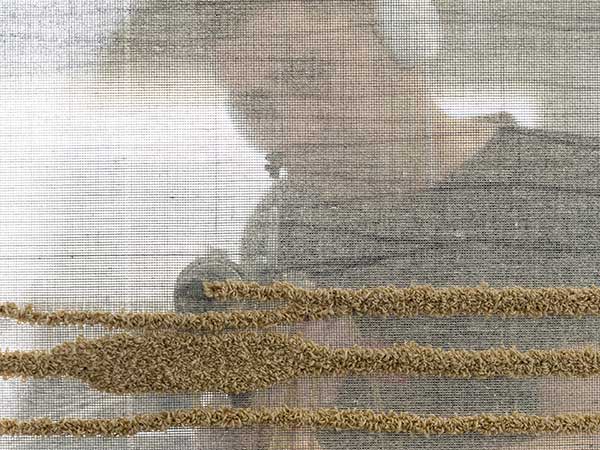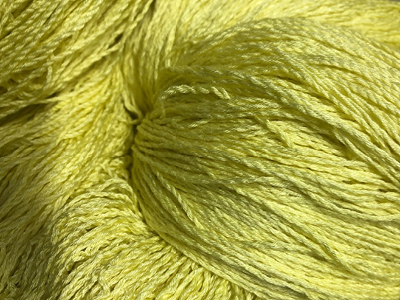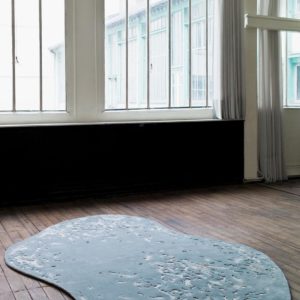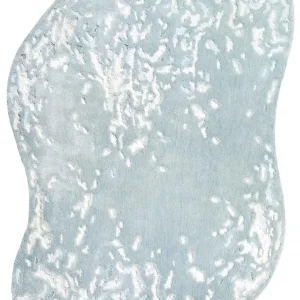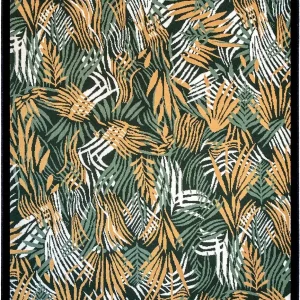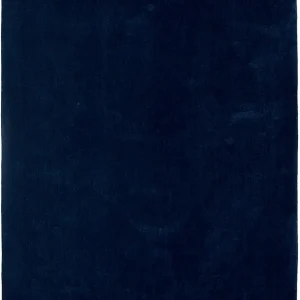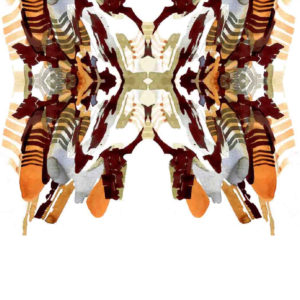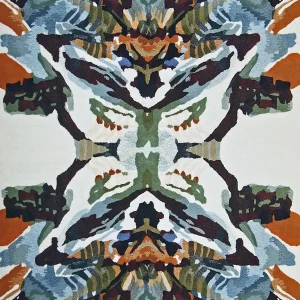Ylika
by ALEXANDRA ROUSSOPOULOS & PINTON
STUDIO LAB
HAUTE COUTURE
MATERIALS All materials
TECHNIQUE All techniques
SIZE 140 x 210 cm
PRICE*
* Price incl. VAT includes : Packaging of the product and home delivery regardless of your country of residence.
可超售
描述
cotton
Cotton is made from the vegetal fibres surrounding the seeds of the cotton plant. Traces of cotton were found in Ancient Egypt and in Mexico, possibly over 7,000 years old. Cotton culture developed in America, Africa and Eurasia. While it reached Europe as early as the IInd century BC, its history on that continent truly began with the creation of the West India trading companies. From then on, the culture of cotton never stopped growing and it is now the most used natural fibre in the world. More difficult to weave than linen because of its short fibres, it has a higher density. Cotton is a very good insulation material thanks, in particular, to its exceptional moisture absorption properties. It is warm, soft, comfortable. PINTON weaves this staple of the textile industry on its own or combined with other materials for the Couture as well as the Diffusion lines. In tapestry making, cotton is very rarely used on its own and is most often combined with other materials. It is generally the material used for the warp thread.
Cotton can be used in loop weave where the continuous thread forms loops on the surface of the rug, or in pile weave where the threads on the surface of the rug are cut. It can also be woven as loop and cut which combines both techniques.
silk
Silk is a natural animal fibre derived from the cocoon spun by the caterpillar of the bombyx mori (worm of the mulberry tree), unsurprisingly called the “silkworm”. Invented in China in the IIIrd millennium before Christ, silk wasn’t produced in Europe, mainly in Italy, before the end of the Middle Ages. And it’s only under the reign of Henri IV that silk production developed in France with the planting of 4 million mulberry trees in the Ardèche, Dauphiné and Cévennes areas. Silk threads are very strong and quality weaving makes silk very resistant. It gives a particular shine to the woven pieces and combines easily with other materials such as wool or bamboo. In its Couture collection PINTON offers 100% silk rugs, incredibly soft. In tapestries silk is most often used in complement of one or more other materials like wool or even cotton.
axminster
Axminster uses an industrial weaving technique, named after the small English town where it was developed. This process only allows for cut pile carpets, with a smooth surface and a very soft appearance. Axminster carpets come in different pile weights per square meter, which adds to the quality of this high end weave. A large number of patterns can also be created by incorporating coloured threads that have been pre-cut to the desired pile thickness. These thread are stitched at the same time as the backing or dossier (reverse) of the carpet is woven on the loom. Patterns may be woven with 12, or even up to 16, different colours. Axminster carpets are made of 100% wool or a wool and polyamide blend. Ideally they will be stretched over a felt or rubber underlay, glued to a rubber underlay or, of course, laid loose. For laying in a staircase, please contact the PINTON team for information.
A well-maintained carpet is hoovered very regularly, shampooed periodically and deep cleaned by injection/extraction at least once a year, depending on its use.
wool
Wool is an animal fibre, most often derived from sheep fleece. Wool was already being spun as early as 5,000 BC. In Roman times, wool, leather and linen were the main materials used to make clothes. With the progressive development of mechanical processes and the evolution of breeding techniques, wool became the economic lung of several countries in the Xth century, and again in the XIIth. Renowned for its thermal and sound insulation properties, wool also offers the advantage of absorbing moisture. It is a noble and timeless material, used from time immemorial for its strength and durability. PINTON uses local wool with shorter carded fibres, which make it fluffier and give it more volume, or a specific type of wool from New-Zealand with long combed fibres that are more resistant to heavy traffic. Both types of wool are spun (carded or combed) and dyed in the spinning plant located in Felletin. Whether they are made in 100% pure virgin wool or blended with other materials like linen, silk, bamboo, leather or many others, PINTON wool rugs and carpets bring comfort and quality.
Alexandra
Roussopoulos
Alexandra Roussopoulos is a Swiss/Greek artist born in Paris. She studied at the Camberwell College of Art in London and the École Nationale Supérieure des Beaux-Arts in Paris. Interested in the issue of transmission, shared experience and engagement, she teaches in the Prép’art preparation school and participates in many workshops in France and abroad. In her paintings, she questions the dialogue between shapes, colours and space. Since the beginning, her work has been bearing witness to the importance of relationships with other people. She collaborates regularly to art projects and takes part in many artists residencies in China, Greece, Ireland, Slovenia and Algeria.
A powerful interaction between shapes and colours is at play in her essentially abstract pieces, painted with a wide brush, expressing both structure and spontaneity. PINTON was immediately seduced by Alexandra Roussopoulos’s paintings, with one idea in mind: laying her art on the floor. The family business and the artist collaborated on a first collection of rugs, woven with a mix of materials and displaying Alexandra Roussopoulos’s trademark beautiful textures, colours and shapes.
linen
Linen is a plant-based natural fibre derived from flax. It is possibly one of the first fibres used by man: fragments of twisted and dyed linen fibres were found, allegedly over 30,000 years old. In France, Charlemagne developed the culture of flax, which reached its peak in the XVIIIth century with over 300,000 hectares dedicated to its culture. A quintessential natural material, flax requires neither fertiliser nor irrigation. Transforming the flax plant into linen yarn involves no chemical process. Finally, the linen fibre stands the test of time and traffic. All these qualities led PINTON to offer rugs and carpets made in this material, used on its own or in combination with others.
Linen can be used in loop weave where the continuous thread forms loops on the surface of the rug, or in pile weave where the threads on the surface of the rug are cut. It can also be woven as loop and cut which combines both techniques.
lurex
Metallic, shiny or glittering effects have always fascinated, symbolically associated with light, sun and sophistication. The invention of Lurex dates back to the XXth century, to 1946 to be precise. A polyester textile thread coated in a layer of metal to produce a shiny or shimmering look, Lurex is a light and flexible thread that comes in a large palette of colours. “Threads made for designers” is one of the main slogans of the company that registered the Lurex trademark. Indeed, since its invention this fibre has been inspiring both fashion and decorative art designers to create extravagant, subtle and elegant pieces. Combined with other materials in the production of PINTON rugs, Lurex does not diminish their softness. It gives them a touch of sophistication and chic, with understated patterns and delicate and infinite light reflections.
hand tufted
The hand tufting technique is a process combining centuries-old skills and modern weaving tools. The canvas is perfectly stretched over an upright loom and the craftsperson transfers by hand the future design of the rug with the utmost precision. Threads are inserted manually, one by one, working with a gun on the back of the canvas, following the colours, the drawing and the different tuft heights. PINTON was one of the first manufactories to use the gun tufting technique to produce some of its rugs and carpets and is the only French workshop offering very high quality tufted rugs. With this technique, production times are reduced compared to the knotted stitch weave or point noué. Finally, hand tufting offers a large range of possible depths. Carving is the technique that consists in sculpting the wool and creating textures within the woven rug. Since the early 1990s, PINTON has been specialising in the production of hand tufted rugs for which it also collaborates with famous designers and artists.
bamboo
Bamboo fibre is a recent newcomer in the textile industry. It is made from bamboo paste: part of the bamboo pulp is dissolved to produce a thick liquid called viscose, which is then filtered and extruded through a plate with tiny holes to form continuous threads. Bamboo has a much higher yield than any other natural fibre. The culture of the bamboo plant requires no chemicals and offers a formidable capacity for carbon storage, while producing large quantities of oxygen. In addition to its environmental credentials, bamboo captures moisture and proves very resistant. Finally, it is exceptionally soft and welcoming. In the PINTON Manufacture and PINTON Edition divisions, bamboo has its place in the composition of the rugs to which it lends its unique properties and shine!
Bamboo can be used in loop weave where the continuous thread forms loops on the surface of the rug, or in pile weave where the threads on the surface of the rug are cut. It can also be woven as loop and cut which combines both techniques.

